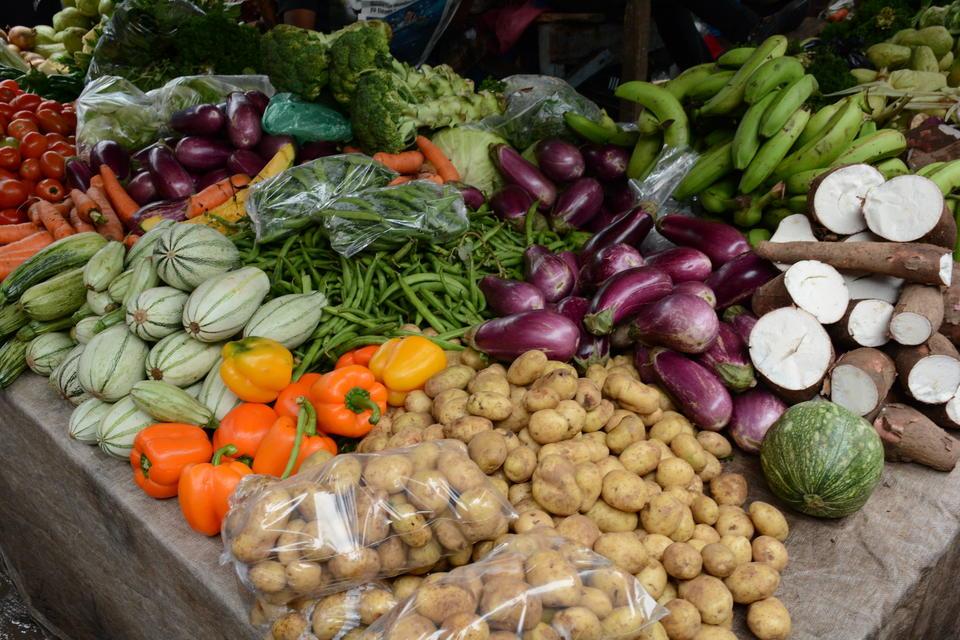From leafy greens to root vegetables and pods to tubers, vegetables come in all shapes, colors, and sizes. Here we’ll explore the variety of vegetables that exist through their main categories, providing insights into their backgrounds, nutritional value and culinary uses.
How Many Types of Vegetables Are There? A Complete Guide
- From
-
Published on
23.09.24
- Impact Area

Vegetables are essential to a balanced diet, offering a wide range of essential nutrients including vitamins, minerals, fiber, antioxidants and more. Therefore, regular consumption of a variety of vegetables can reduce the risk of chronic illnesses such as heart disease, diabetes, and others. While most of us have heard of carrots, spinach, or potatoes, the vegetable world is vast and diverse, and of each of these staple vegetables, there are many wild relatives and varieties that are disappearing due to lack of demand, gradually decreasing agrobiodiversity. By educating ourselves about the diversity of crops available, we can move towards greater agrobiodiversity.
Related news
-

ICRISAT’s Solar-Powered Water Hyacinth Harvester Recognized Among India’s Top 100 Innovations of 2025
International Crops Research Institute for the Semi-Arid Tropics (ICRISAT)18.11.25-
Environmental health
-
Poverty reduction, livelihoods & jobs
ICRISAT's Novel Solar-Powered Water Hyacinth Harvester has now earned a place in the prestigious To…
Read more -
-

CGIAR at the Global Land Forum 2025: Bridging Science and Land Governance
The Alliance of Bioversity International and the International Center for Tropical Agriculture (CIAT)11.11.25-
Environmental health & biodiversity
With more than 1,300 delegates from 90 countries, the tenth Global Land Forum (GLF) turned Bogotá…
Read more -
-

CGIAR Multifunctional Landscapes at COP30: Advancing Adaptation and Nature-Based Solutions
Multifunctional Landscapes Science Program10.11.25-
Adaptation
-
Biodiversity
-
Environmental health
-
Environmental health & biodiversity
-
Mitigation
COP30 in Belém, Brazil is being heralded as a pivotal “COP of adaptation” and a…
Read more -
